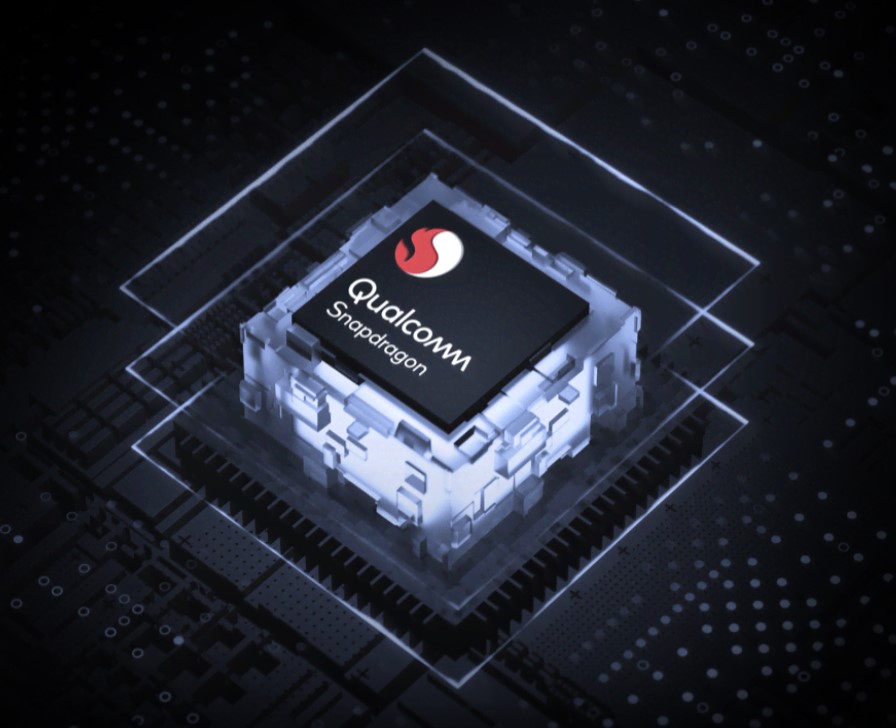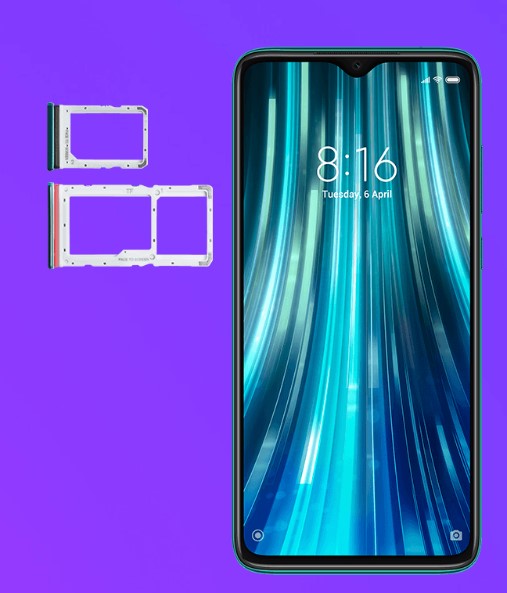The operating system of your new smartphone
Many OEMs have their own set of custom operating systems. Although it is based on Android itself, there is however a glaring difference in some of them. Google Pixel devices come with the pure stock Android experience. But the device is roughly higher and a bit beyond the reach of many buyers. On the other hand, there are also Android One devices that are closest to Android. And in the market like India, you can currently find many devices running this operating system. Here is a list of 6 best Android One phones you can buy right now. If you are on a tight budget and want a close Android experience, buying a new Android One smartphone is obvious.
Android One OS, due to its proximity to Stock Android, only ships with the necessary and required apps. If you're looking for a device with tons of features, you should probably turn your head to Xiaomi. The devices of this OEM work at the top of MIUI. It is a highly customized version of Android OS, with many additional features. But it also has a fair share of drawbacks, such as in-device ads.
If you're looking to buy a smartphone that falls somewhere between these two, you can try OnePlus devices. They belong to the medium to high price segment (Rs 25,000-Rs 50,000). Although it has many features, it still manages to provide a pretty impressive Android experience. However, if you're on an extremely low spending spree, take a look at some of the Android Go devices. These are very small versions of Android One devices with only the most important features present.
RAM, storage and processor
A fairly important factor to consider before buying a new smartphone. High-end devices support up to 8 or, in some cases, even 12 GB of RAM. The same goes for storage that skyrockets to 512 GB. But if we're talking about mid-tier devices, which probably interest most users, they provide around 4 to 6 GB of RAM and 64 or 128 GB of storage. To be frank, it's more than enough for everyday use. Plus, with various cloud service features available, you won't have to worry about storage space in the near future.
In terms of performance, these mid-level devices are equipped with Qualcomm Snapdragon Chipsets 660, 665, 675 or 710, 712 or 730. If your device has one of these chipsets, then do not hesitate to buy a new smartphone. In addition, coupled with 4/6 GB of RAM, delays will be a thing of the past. Aside from Snapdragon, some devices come with MTK or Exynos chipsets (which can be found on Samsung and some newer Motorola handsets). Although Qualcomm is usually the best artist, the other two are not far behind.
Are you buying a new smartphone? Discover his camera
Before buying a new smartphone, the camera probably occupies the top of the bucket list for many. But let me clarify this myth: the larger the megapixel (MP) doesn't necessarily mean the better camera. Nowadays, you might see cameras with 48, 64 or even 108MP cameras. But that doesn't mean they would offer the best camera in its class. To keep things in perspective, the Google Pixel probably improves the best camera and the latest model has a dual camera of around 16MP and 12MP only.
If you plan to buy a new smartphone in the lower segment, devices like Redmi, Oppo and Vivo offer better camera quality. However, if you could increase your budget slightly more, consider the OnePlus devices. And for high-end devices, the Samsung Galaxy Note 10/10 + or Pixel 3 / 3XL / 4 / 4Xl offers the best camera experience overall.
The battery capacity of the new smartphone
When buying a new smartphone, the battery is another area that has received a lot of attention recently and rightly so. With devices filled with energy with tons of goodies, a solid backup battery is what you would need. If you're a regular smartphone user, anything between 3,500 and 4,000 mAh should do the job for you. However, if you belong to the heavy device user category, nothing less than 4000mAh can cause you problems. Also check if the OEM supports fast / fast charging technology.
Even devices belonging to INR 12,000-15,000 range, now support this fast charging technology. Some other powerful technologies like VOOC in Oppo devices and Warp fast charging on OnePlus devices are also quite impressive, but you may have to shell out more in your pocket in this case. For devices in the Rs 12,000-15,000 range, 15W is more or less a standard these days.
Other features to consider before buying a new smartphone
- IP index: This rating determines whether the device is water and dust resistant or not. Some devices even claim to be resistant to splashing water and dust, but do not have an IP rating as such. So check this feature before making a purchase.
- Sim or Dual Sim hybrid slot: Nowadays, most devices come with a hybrid simulation slot. This means that you can use two sims at the same time or one sim and an SD card. The simultaneous use of two SIM cards and one memory card is not possible in such cases. However, given the fact that the devices already have around 64 to 128 GB of internal storage and that apps like Google Photos already provide unlimited free storage, that shouldn't be a big deal.
- Headphone socket: Purchasing a new smartphone without a headphone jack comes down to a personal choice. Most devices remove a headphone jack and instead provide a USB audio jack. Although this is not really a problem, you cannot charge your phone and listen songs at a time. I wonder if anyone does, anyway. Make sure you never lose that little piece of wire!
For technology enthusiasts
Before we finish the guide on tips to consider before buying a new smartphone, here is something for geeks. If you are rooted, install custom recoveries like TWRP or custom ROM flashing, then opt for a Qualcomm Snapdragon chipset. Any device with this chip has the maximum development regarding ROMs, roots and recoveries. On the other hand, MediaTek chipsets also have a certain level of development.
But do not choose any Exynos Chipset device. Indeed, there is practically no ROM, recovery, etc. custom. The only development, if any, of this chipset occurs with some of the high-end Samsung devices only. So a tech monster should go straight for a Snapdragon chipset, without a second thought.
So that was all the points that deserved to be taken into consideration before buying a new Android smartphone. We hope you find this guide useful the next time you make a purchasing decision.
Then read: Top 5 features I miss in stock Android




